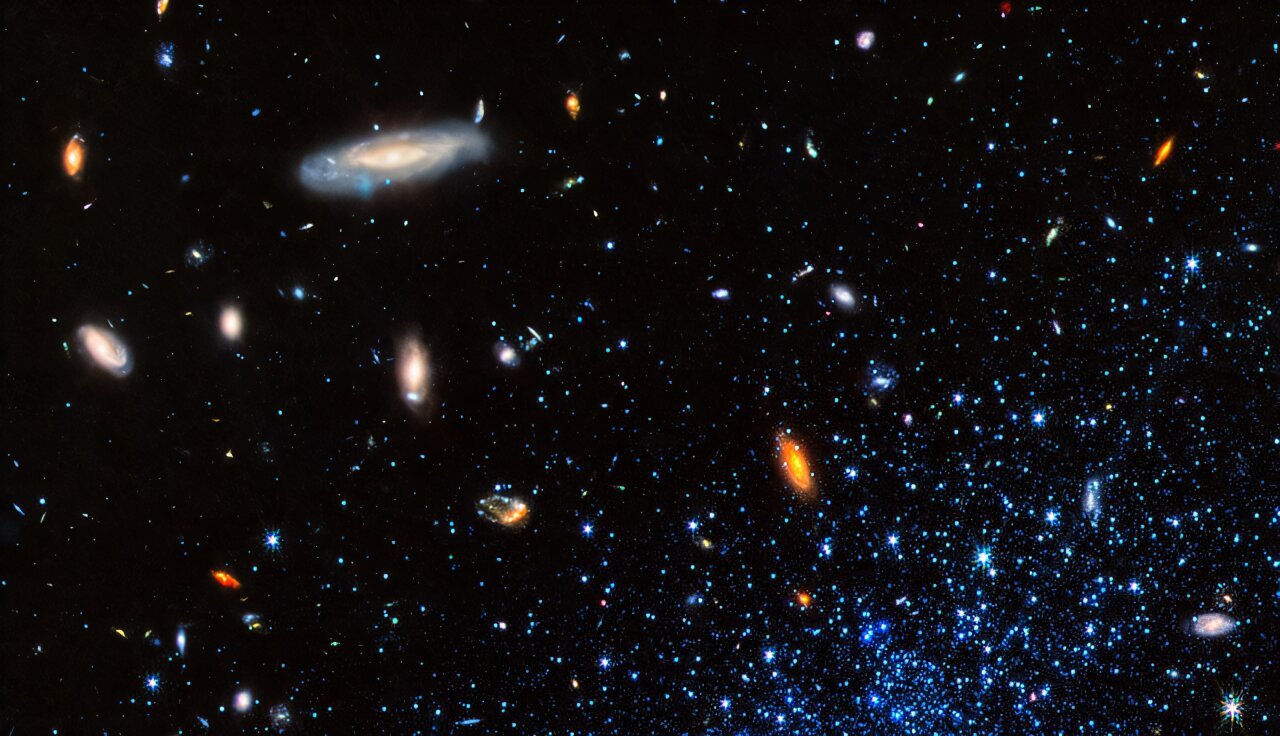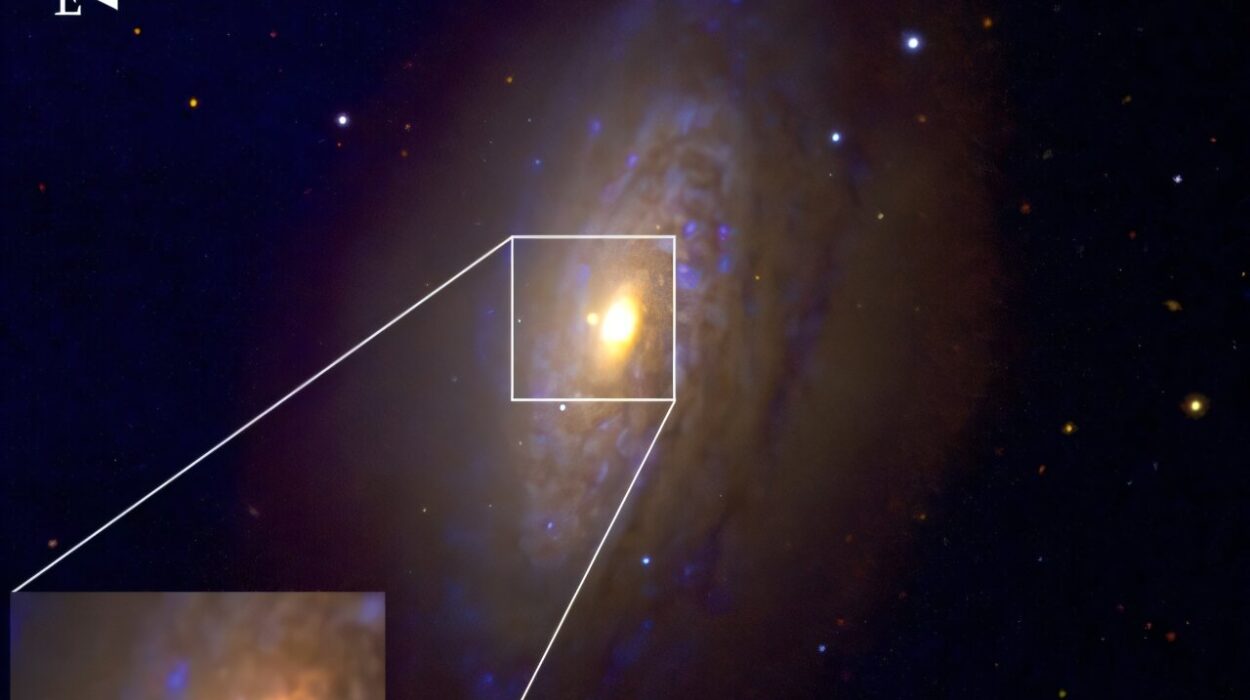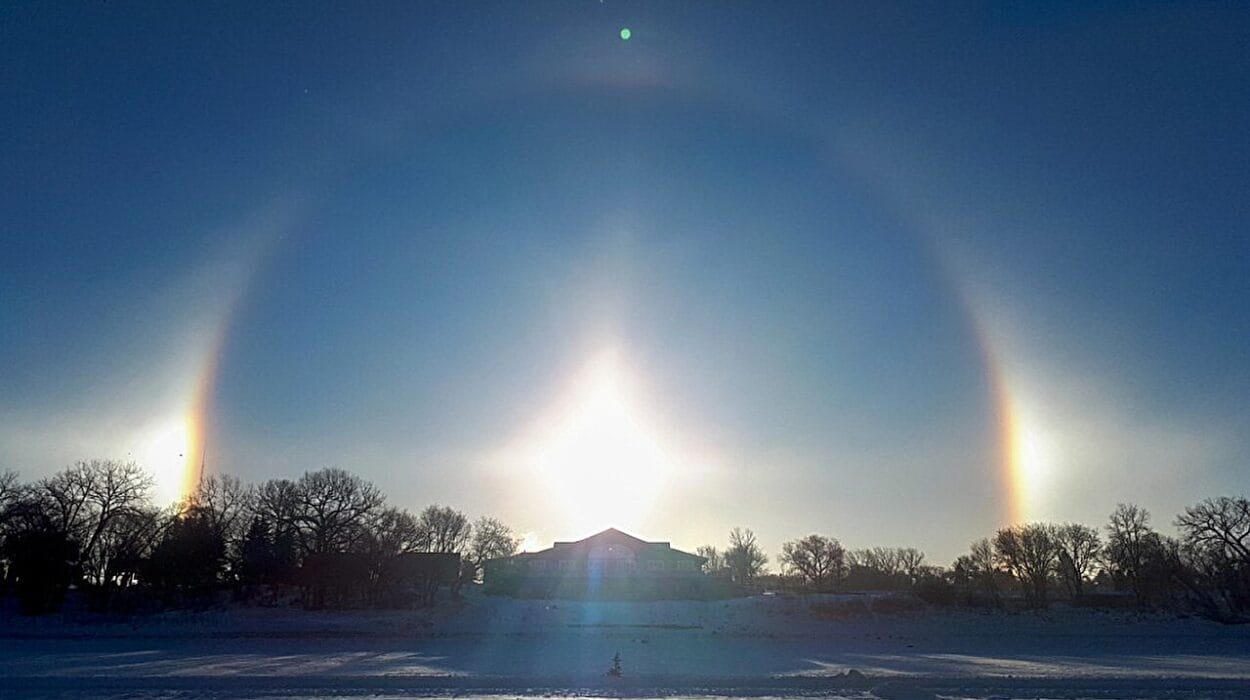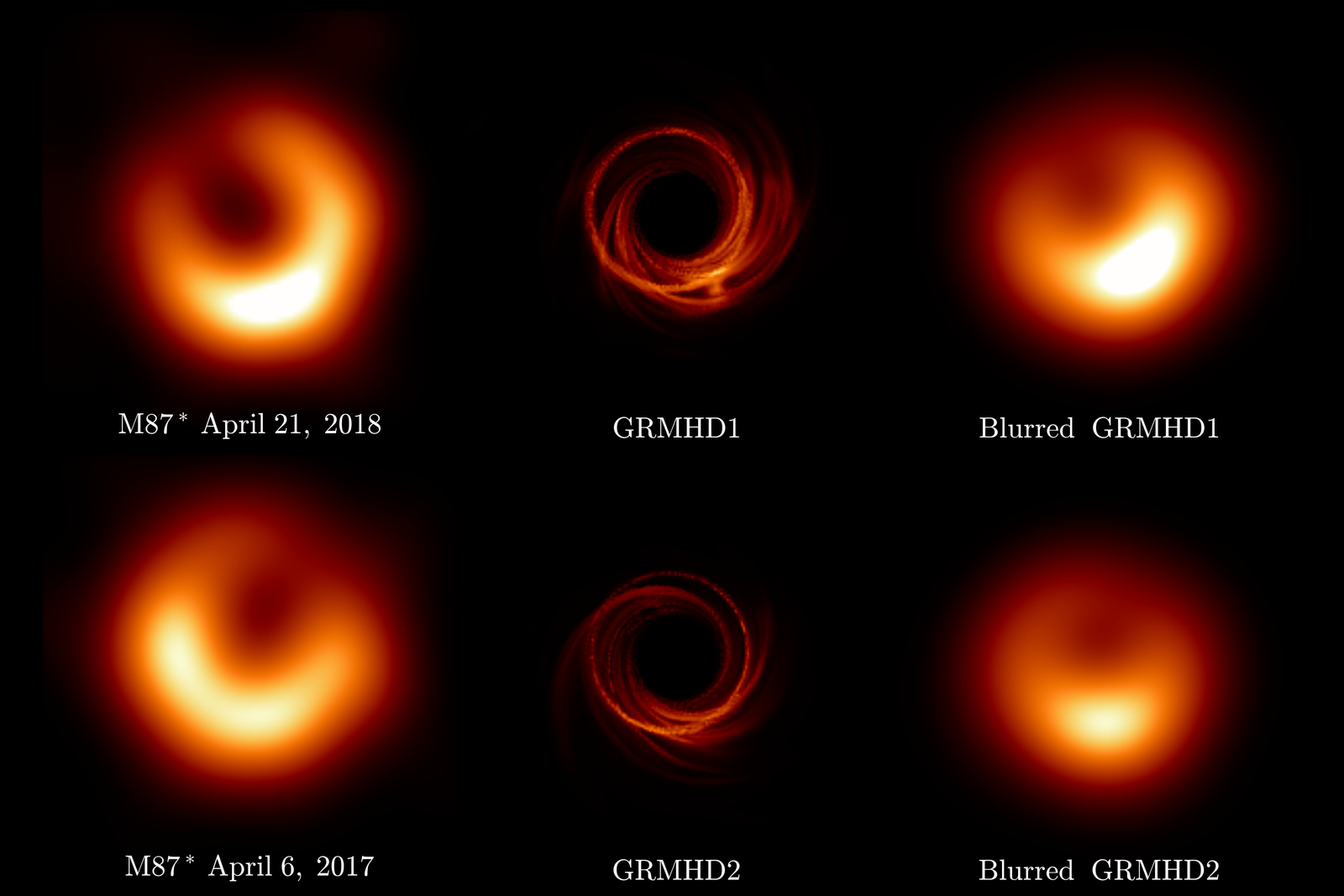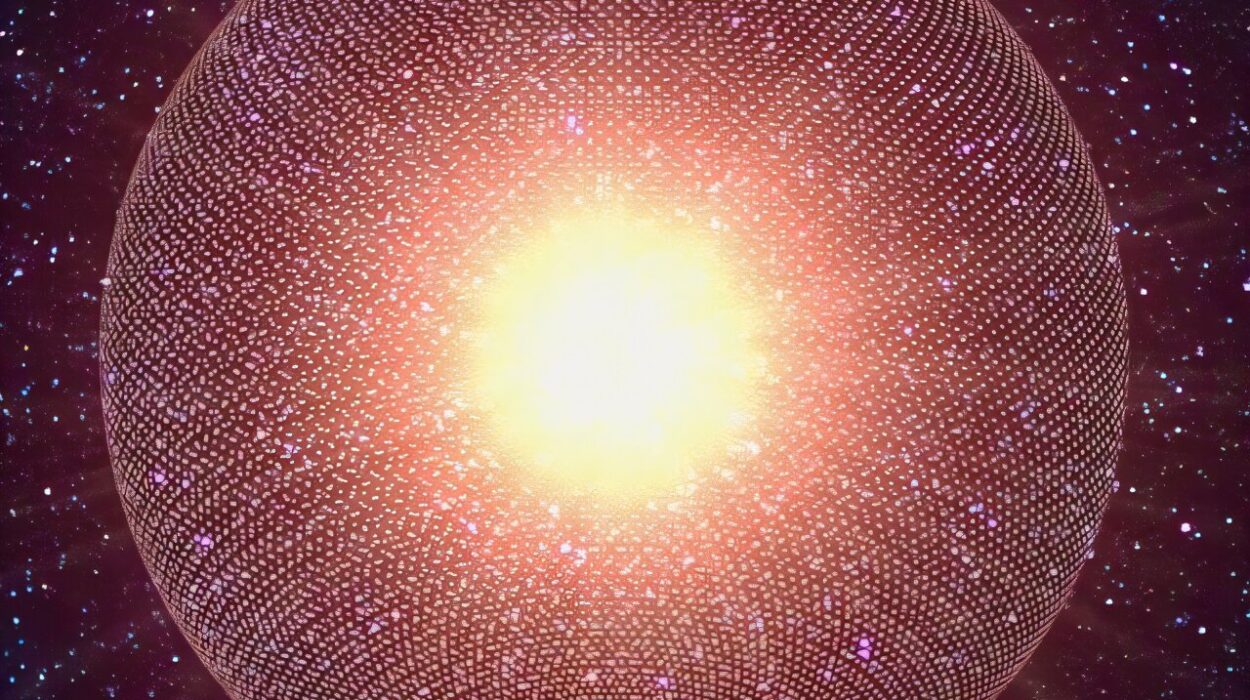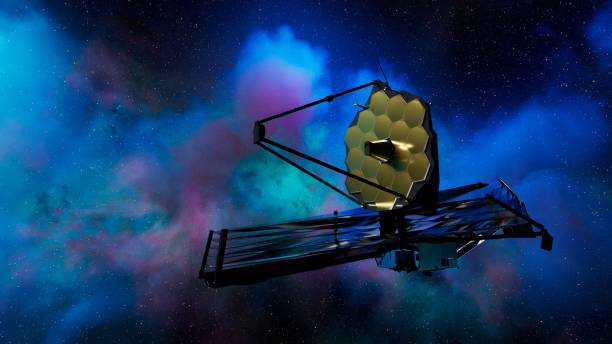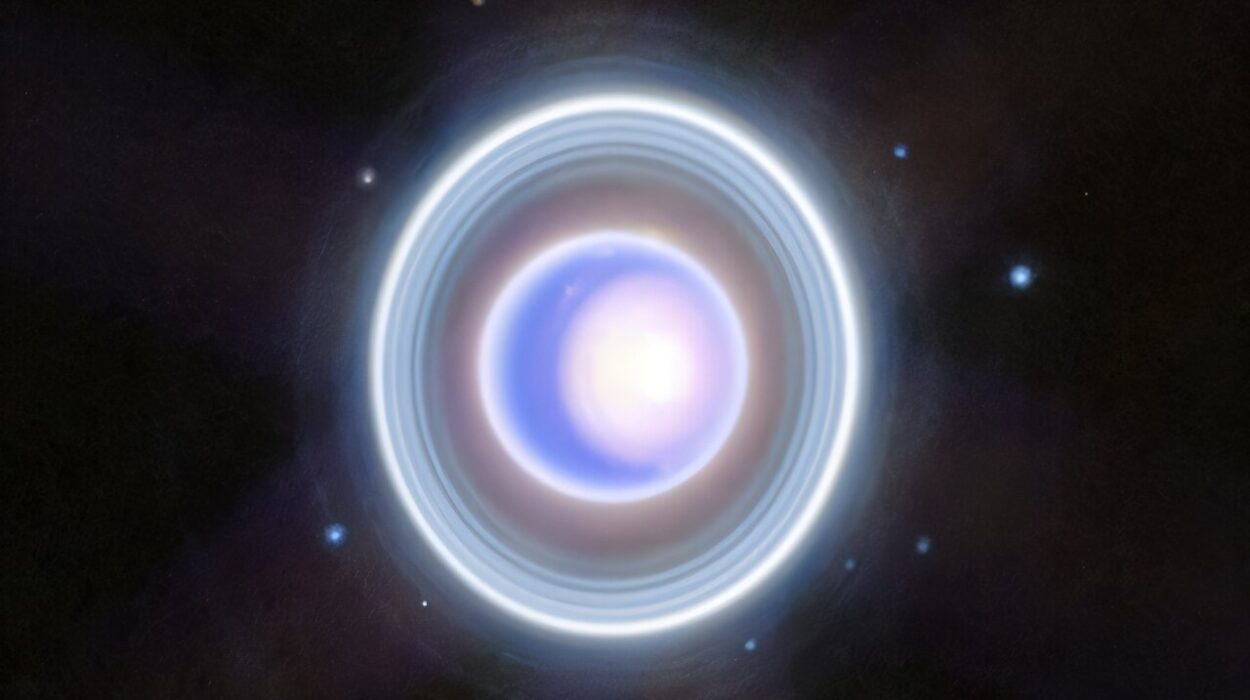In a groundbreaking study published in The Astrophysical Journal, a team of researchers led by Kristen McQuinn, a scientist at the Space Telescope Science Institute and an associate professor at Rutgers University-New Brunswick, has revealed that Leo P, a small galaxy located just 5.3 million light years away from Earth, has “reignited.” This reactivation of star formation during a crucial period in the history of the universe provides valuable insights into the early processes that shaped galaxies and the cosmos.
By studying galaxies like Leo P, particularly those formed in isolated environments and at varying points in the universe’s history, astronomers hope to unlock deeper understandings of how galaxies evolve, the role of their environments in their development, and the fundamental processes that shaped the universe as we know it. McQuinn, the lead researcher of the study, believes that these findings offer a unique opportunity to study a small galaxy’s evolution in detail, which can shed light on broader cosmological phenomena.
Discovering Leo P: A Unique Laboratory for Studying Low-Mass Galaxies
Leo P is a dwarf galaxy located in the constellation Leo. Despite its small size, which is comparable to that of a star cluster in the Milky Way, it is a fascinating object for astronomers. Discovered by McQuinn and her team in 2013, Leo P lies far enough from the gravitational pull of the larger galaxies in the Local Group, making it a relatively isolated galaxy. This isolation is crucial because it prevents the influence of nearby larger galaxies, giving scientists a rare opportunity to observe the evolution of a small galaxy free from external forces.
The galaxy’s name, “Leo P,” comes from the word “pristine,” reflecting the fact that it has a chemical composition largely consisting of hydrogen and helium, with very few heavy elements. This is a characteristic that makes Leo P similar to the primordial galaxies that existed shortly after the Big Bang, offering a window into the early stages of galaxy formation and the conditions of the universe’s infancy.
According to McQuinn, Leo P serves as a “unique laboratory” to explore the early evolution of low-mass galaxies, providing valuable insights into a class of galaxies that are often overlooked in studies of larger, more massive galaxies. Leo P’s simplicity and relative isolation make it an ideal candidate for understanding the formation of smaller, less complex galaxies in the early universe.
Using the James Webb Space Telescope to Probe the Past
To probe Leo P’s past, McQuinn and her team used the powerful capabilities of NASA’s James Webb Space Telescope (JWST). Launched in 2021, the JWST is equipped with a large, segmented mirror and a vast sunshield, which enable it to observe distant celestial objects in unprecedented detail. By using the JWST to examine Leo P, the researchers were able to study the galaxy’s star formation history, revealing a fascinating story of cosmic evolution.
The team looked back billions of years to uncover the galaxy’s star formation activity. The stars detected by the JWST are about 13 billion years old, serving as “fossil records” of the early universe. Rather than studying stars as they are currently forming, the team focused on the stars that have survived over cosmic history. By analyzing their properties today, the researchers can infer the conditions that existed in the distant past.
A Period of Dormancy and Reignition
One of the most surprising findings of the study was that Leo P initially formed stars at an early stage, but then experienced a prolonged period of inactivity, lasting for billions of years. This pause in star formation occurred during a critical phase known as the Epoch of Reionization, which spanned from about 150 million to one billion years after the Big Bang. During this period, the first stars and galaxies began to form, and the universe underwent dramatic changes as it transitioned from a dark, opaque state to a transparent one.
What is particularly fascinating about Leo P is that after a long hiatus in star production, the galaxy “reignited” and began forming stars again. This reactivation of star formation occurred much later than in many other dwarf galaxies, which remained inactive during this time. McQuinn and her team found that Leo P is one of only a few galaxies in isolation that exhibit this pattern of star formation halting and then restarting. This is a striking contrast to the behavior of dwarf galaxies in the Local Group, where star production stopped during the Epoch of Reionization and did not resume.
“We have a measurement like this for only three other galaxies—all isolated from the Milky Way—and they all show a similar pattern,” McQuinn said. This finding suggests that the cessation of star formation in galaxies during the Epoch of Reionization may not be solely determined by a galaxy’s mass, but by the larger environment in which it resides. Isolated galaxies like Leo P, free from the gravitational influence of larger systems, seem to have had the opportunity to reignite their star formation long after their neighbors had ceased doing so.
The Epoch of Reionization: A Crucial Period in Cosmic History
The Epoch of Reionization is one of the most significant periods in the history of the universe. This phase occurred roughly 150 million to one billion years after the Big Bang, during which the first stars and galaxies began to form. The universe, which had been a hot, opaque soup of particles, gradually cooled, and the first sources of light began to break through the cosmic fog. This light allowed the universe to become transparent to radiation, a critical step in the evolution of the cosmos.
The fact that Leo P experienced a reactivation of star formation after the Epoch of Reionization provides important clues about how small galaxies evolve over cosmic timescales. The observations made by McQuinn and her team challenge previous assumptions about how galaxy formation is influenced by a galaxy’s mass and environment. The team’s findings indicate that a galaxy’s environment—whether isolated or part of a larger system—may play a critical role in determining its ability to form stars during and after the Epoch of Reionization.
“If the trend holds, it provides insights on the growth of low-mass structures that is not only a fundamental constraint for structure formation but a benchmark for cosmological simulations,” McQuinn explained. These insights will be essential for refining cosmological models and simulations of galaxy formation, helping scientists better understand the processes that govern the development of small galaxies in the early universe.
A Metal-Poor Galaxy: Echoes of the Primordial Universe
Another fascinating aspect of Leo P is its metal-poor composition. The galaxy has only 3% of the metallicity of the Sun, meaning that its stars contain 30 times fewer heavy elements than our own Sun. This makes Leo P very similar to the primordial galaxies that existed in the early universe, which were composed primarily of hydrogen and helium, with few heavier elements like carbon, oxygen, and nitrogen. This “metallicity” is a crucial marker for understanding the early stages of galaxy formation, as it indicates that Leo P has undergone relatively little chemical enrichment since its formation.
By studying Leo P’s metal-poor stars, McQuinn and her team are able to study the conditions of the early universe, where the first stars were predominantly made of hydrogen and helium, and the processes of chemical enrichment had not yet occurred. This provides astronomers with a unique snapshot of the types of galaxies that formed in the early stages of the universe, allowing them to compare modern galaxies with their primordial counterparts.
Conclusion: Unraveling the Mysteries of the Early Universe
The study of Leo P provides critical insights into the evolution of small galaxies and the cosmic events that shaped the universe. By observing this distant galaxy, astronomers can explore the early stages of galaxy formation, the impact of cosmic environments on star production, and the processes that led to the creation of the first stars. The findings from McQuinn and her team offer a glimpse into a fundamental period in the universe’s history, helping scientists piece together the timeline of cosmic events and better understand the forces that continue to shape the cosmos.
As our tools and methods for studying the universe continue to improve, the discovery of distant galaxies like Leo P will undoubtedly yield further revelations. By investigating galaxies from the early universe and comparing them to the structures we see today, scientists can gain a deeper understanding of the processes that govern galaxy evolution and, ultimately, the story of the universe itself.
This research, conducted by McQuinn and her colleagues at Rutgers University, also highlights the importance of the James Webb Space Telescope, which plays a crucial role in pushing the boundaries of astronomical discovery. With continued observations of galaxies like Leo P, scientists will be able to refine their models of cosmic evolution, helping to unlock the mysteries of the universe one galaxy at a time.
Reference: Kristen B. W. McQuinn et al, The Ancient Star Formation History of the Extremely Low-mass Galaxy Leo P: An Emerging Trend of a Post-reionization Pause in Star Formation, The Astrophysical Journal (2024). DOI: 10.3847/1538-4357/ad8158
